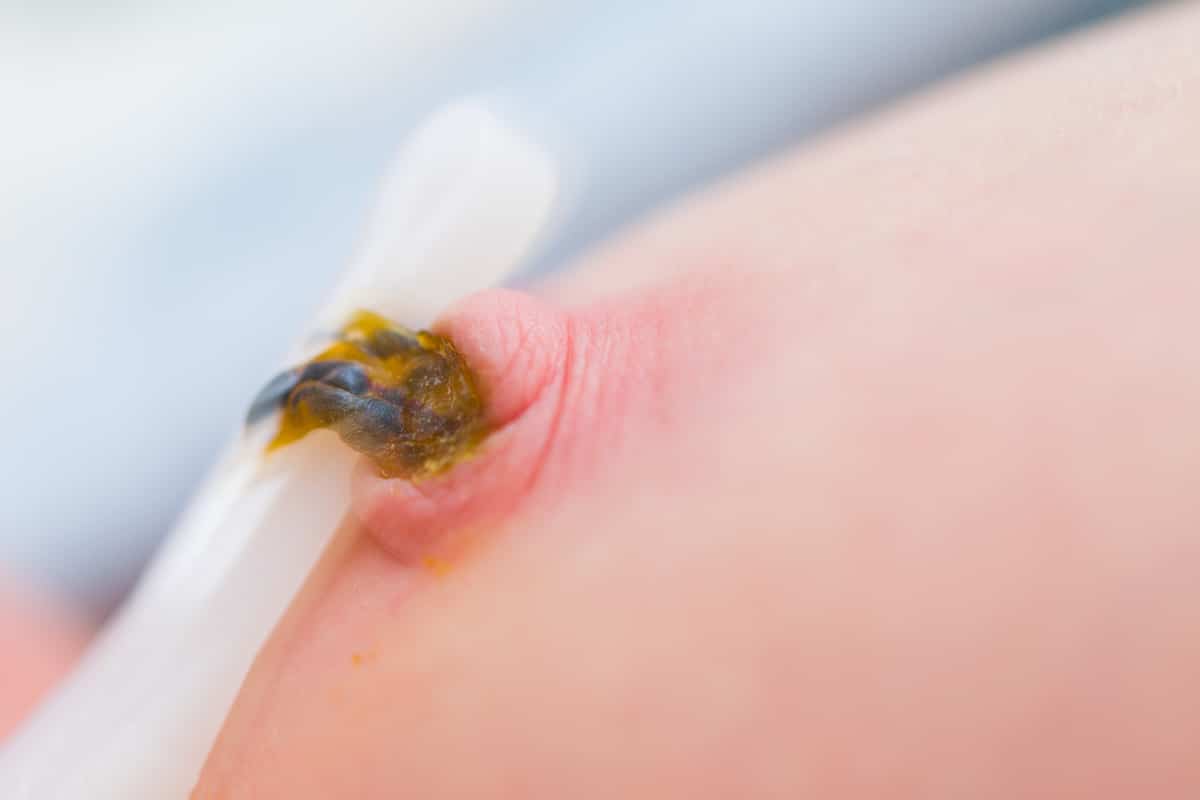
La umbilical cord infection, also called granuloma, umbilical fungus or omphalitis is a chronic inflammation of the navel (omphalon), from which purulent, often foul-smelling material comes out.
Recurrent omphalitis is documented primarily in infants and children; however, umbilical inflammation can sometimes affect adults as well.
How can we detect omphalitis?
It is a fairly rare pathological condition in industrialized countries; however, in less developed areas where access to medication is not guaranteed, omphalitis remains a common cause of neonatal mortality.
Omphalitis begins with symptoms very similar to those of infectious cellulitis (redness, limited pain, swelling), so it is not uncommon for the two conditions to be confused.
Causes of umbilical cord infection
It is estimated that 70-75% of omphalitis are due to polymicrobial infections. The pathogens most involved in the etiopathogenesis are:
- Staphylococcus aureus (gram+)
- Group A beta-hemolytic streptococcus, such as Streptococcus pyogenes (gram+)
- Escherichia coli (gram-)
- Klebsiella pneumoniae (gram-)
- Proteus mirabilis (Gram-)
Patients with higher risk of omphalitis are newborns (especially premature babies), hospitalized patients undergoing invasive procedures, and the immunocompromised.
Sepsis and pneumonia are also predisposing factors for omphalitis. In the newborn,to fall of umbilical cord causes a small granular wound: this sore is a possible entry point for bacteria (omphalitis).
Symptoms of omphalitis
Recurring symptoms include foul-smelling discharge of pus from the navel, erythema, edema, tenderness, and limited pain. Affected babies often experience fever, hypotension, tachycardia, and jaundice. Among the rare complications we must not forget sepsis, septic embolization and death.
In most cases, omphalitis turns out to be a banal umbilical inflammation, which can be promptly resolved with topical application and/or parenteral administration of specific antibiotics.
The most common symptoms are listed below:
- Purulent and foul-smelling discharge from the navel (always present)
- periumbilical erythema
- Edema
- pressure pain
- Limited pain/burn